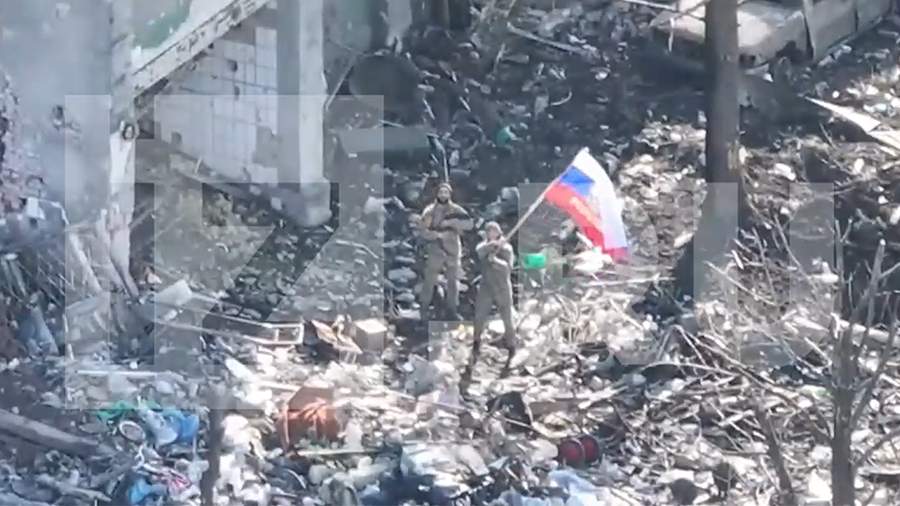The Russian Armed Forces stormtroopers revealed the details of the liberation of Panteleimonovka in the DPR
- Новости
- Army
- The Russian Armed Forces stormtroopers revealed the details of the liberation of Panteleimonovka in the DPR

During the liberation of the village of Panteleimonovka in the Donetsk People's Republic (DPR), servicemen of the Armed Forces of the Russian Federation made camouflage nets to avoid collisions with Ukrainian drones at night and during the day. This was reported to Izvestia on April 2 by an attack aircraft of the 68th Guards Tank Regiment of the 150th Motorized Rifle Division of the South group of forces with the call sign Sema.
"They even went so far as to make a "Goblin" out of a mask network. If you walk on a postcard, you turn into a haystack, <...>, and he (the drone. — Ed.) flies by, he doesn't see, his camera is bad, he doesn't catch it. So they froze and quietly <...> advanced 100 m, 50 m," he said in an interview with Izvestia correspondent Valentin Trushnin.
According to the stormtrooper, the military also masked the network with bottles and debris so that the enemy could not detect them.
The unit's attack officer with the call sign Rus clarified that a collision with a drone feels like looking into the eyes of death. He stressed that going one-on-one with an unmanned aerial vehicle (UAV) is scarier than going out with a human.
"It's scarier with a drone, because when you go into a shooting battle, you see your opponent, you know where he is, and you break through to him, but in a shooting battle they don't pull with us, because we take them with our pressure," he added.
The Russian Armed Forces liberated Panteleimonovka on March 29. At the same time, the Russian military liberated the village of Shcherbaki in the Zaporizhia region.
On April 1, the stormtroopers of the Center group of forces told about the details of the liberation of the Zaporozhye settlement in the DPR. Artur Galin, the acting deputy commander of the first company of the first battalion of the 428th Motorized Rifle Regiment, clarified that during the assault, the soldiers used special anti-drone blankets that help to remain invisible to the drone operator.
Переведено сервисом «Яндекс Переводчик»

